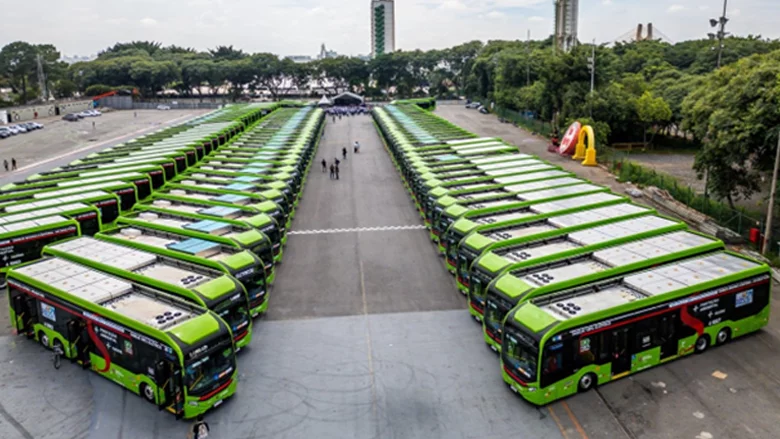Express bus services are services that skip some of the stops along their routes to provide a faster ride for particularly demanded trips on a corridor. There is a growing literature on express services that focuses on route design and performance evaluation. In this work, we study a simplified transit corridor where a regular service operates in tandem with an end-to-end express service. Assuming that passengers minimize their expected travel and waiting times, we show that, even if the system has enough aggregate capacity, it may present a specific range of frequencies for the express service where it attracts more demand than it can actually fulfill. We call this range the “danger zone” of express services. When frequencies fall within the danger zone, a queue of passengers will form at the station. Applying queuing theory, we obtain expressions to estimate these queues and the associated waiting times, expected travel times and social costs of the system. We show that even when the station has unlimited passenger capacity, the performance of the system can be greatly affected in the danger zone. If the station has indeed limited capacity, the scenario can be much worse: if the queue grows to the point of saturating the station, a vicious circle ensues that amplifies the negative effects of the danger zone.











